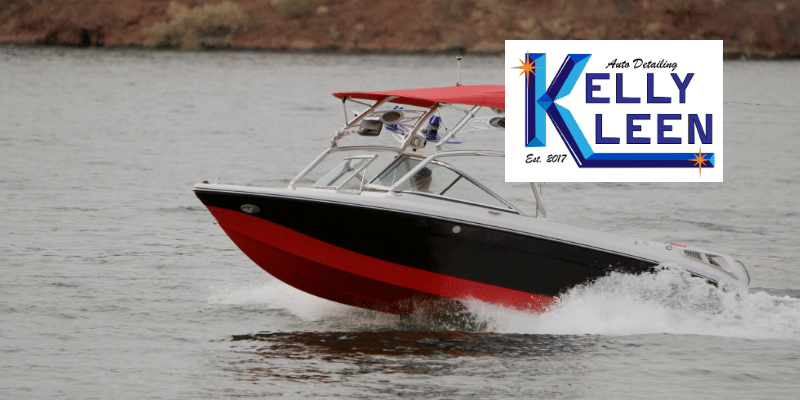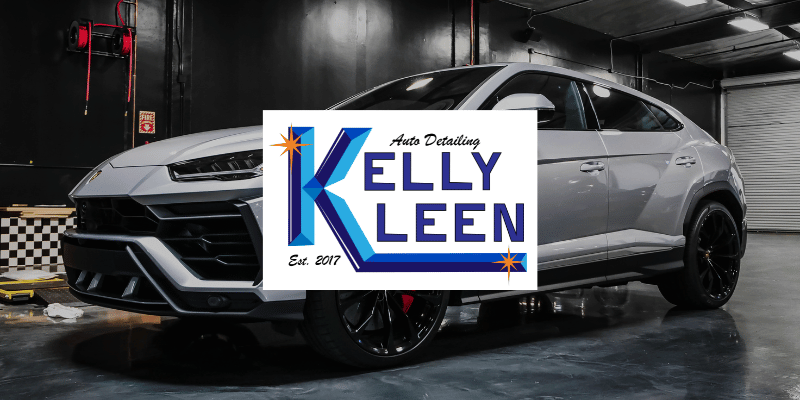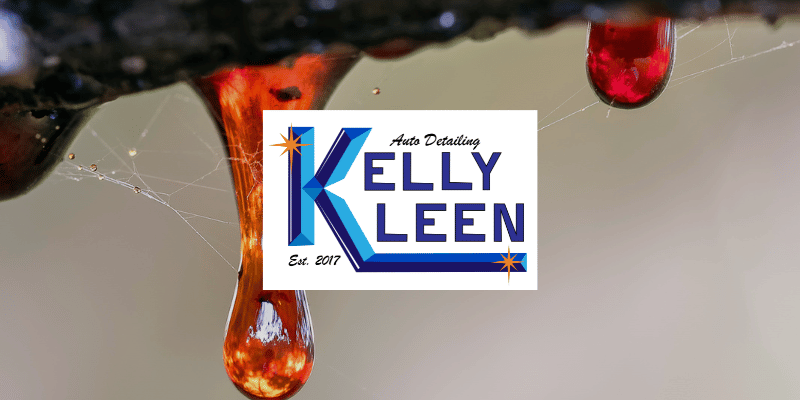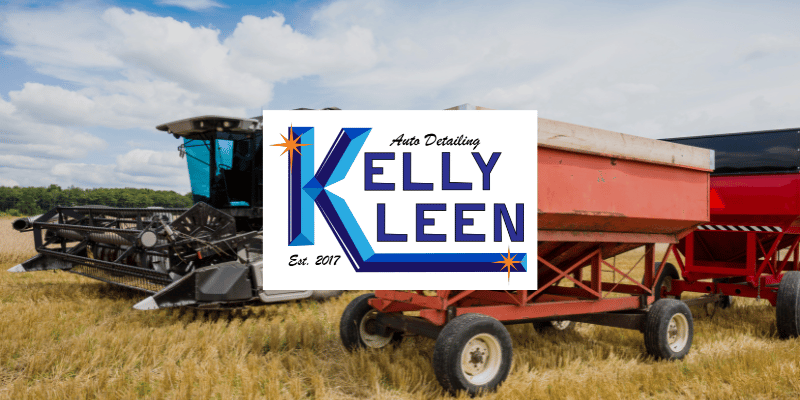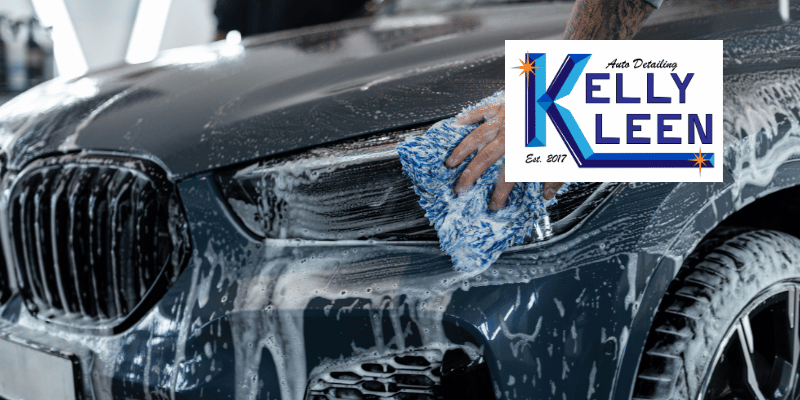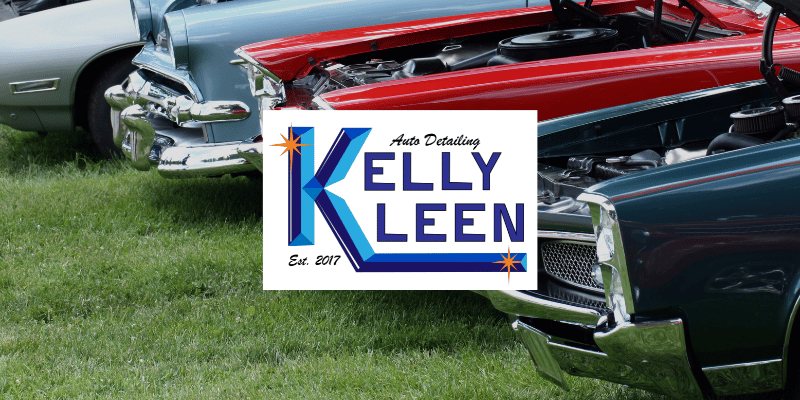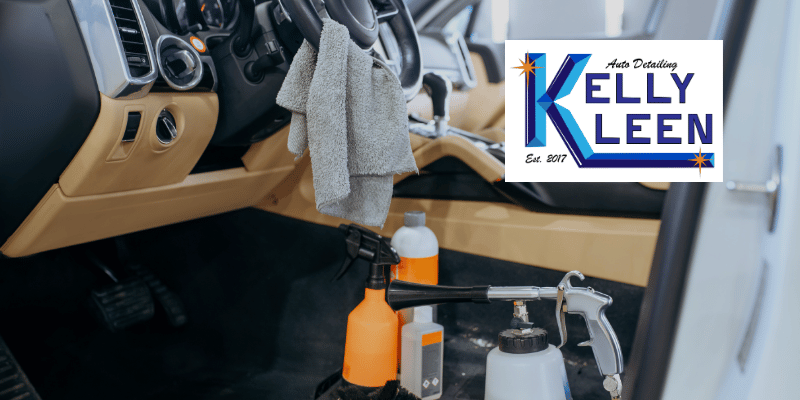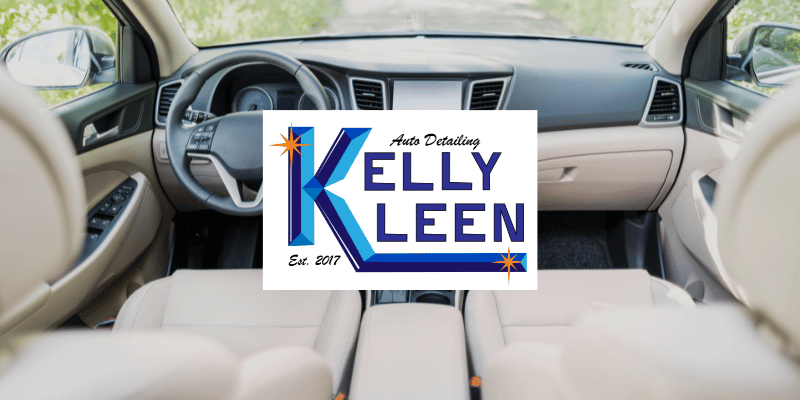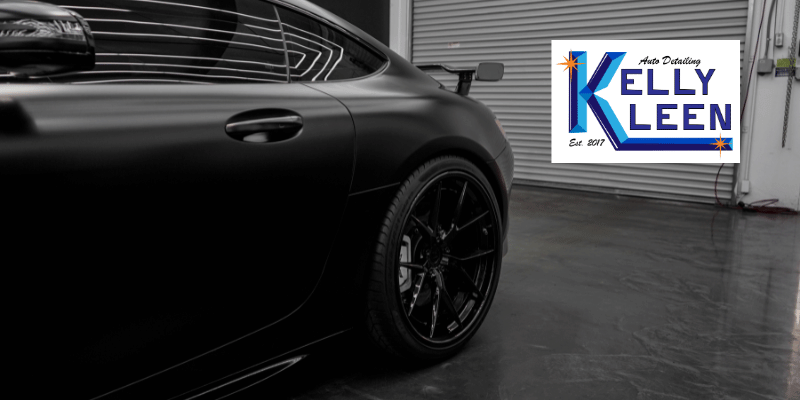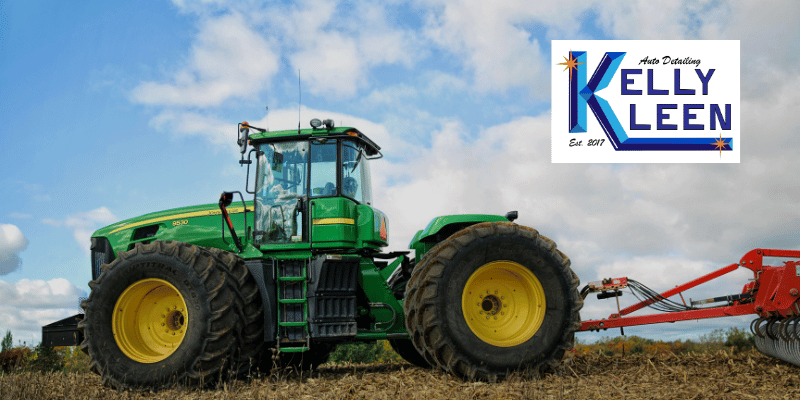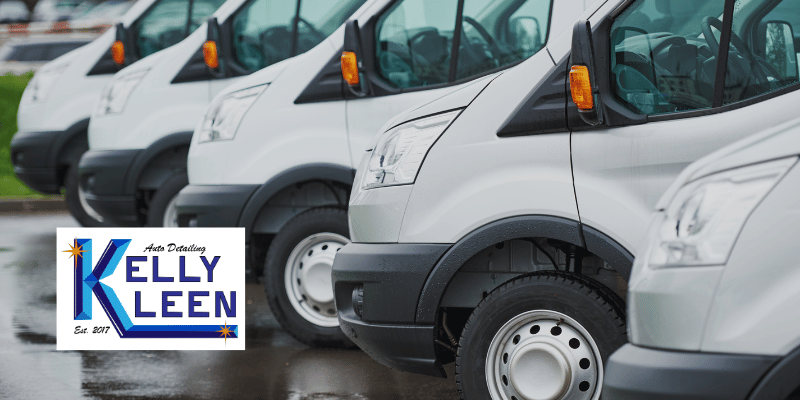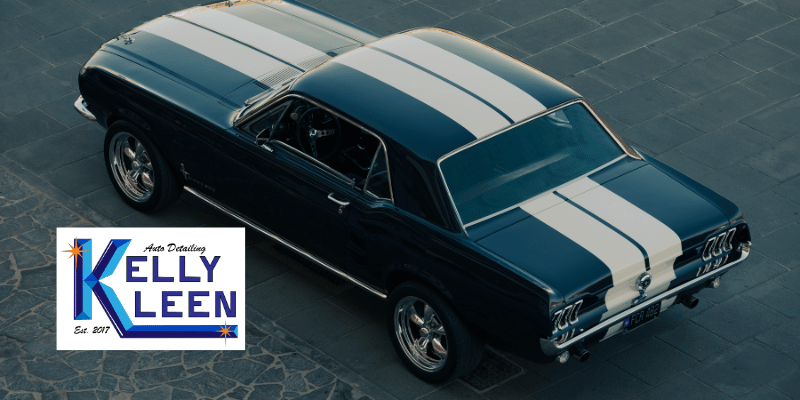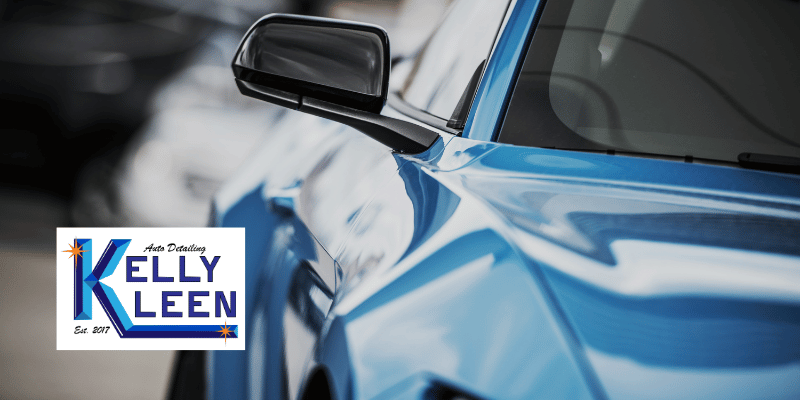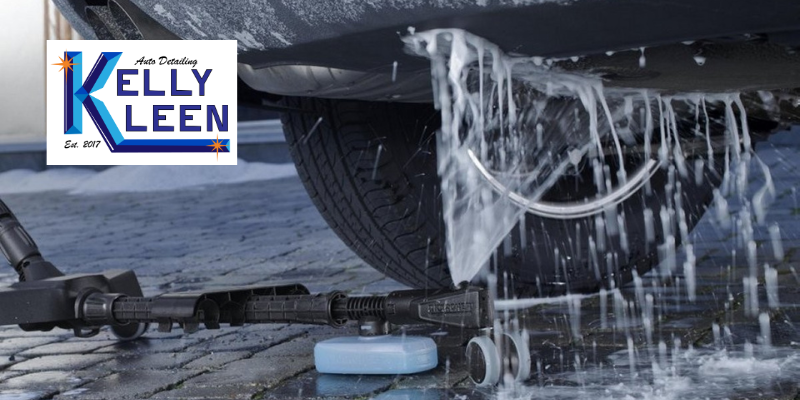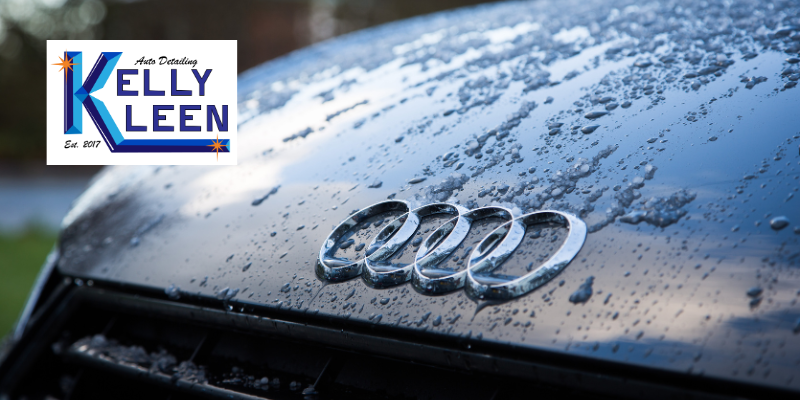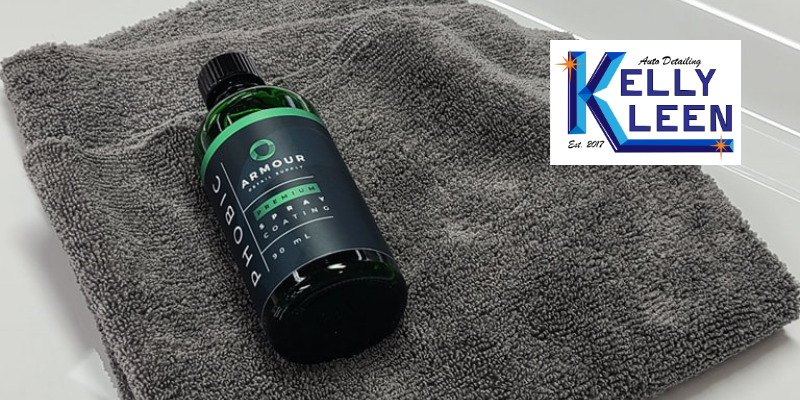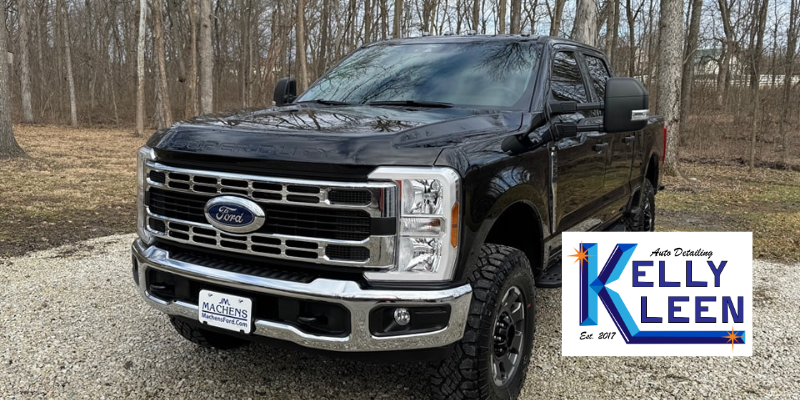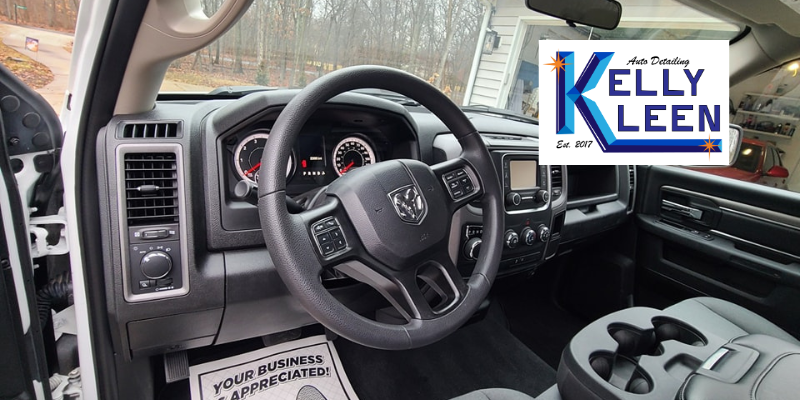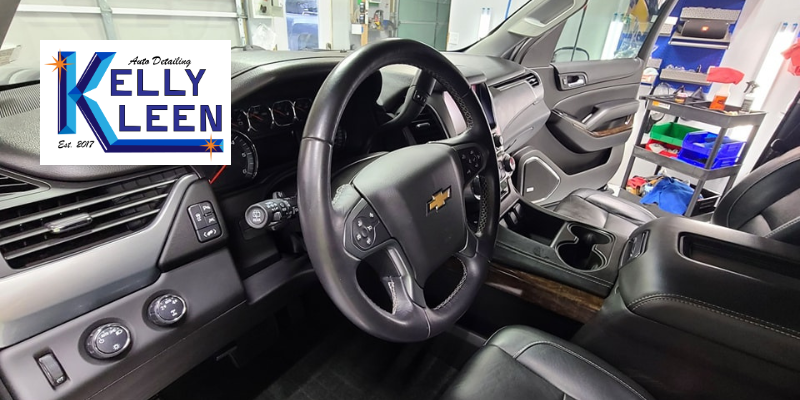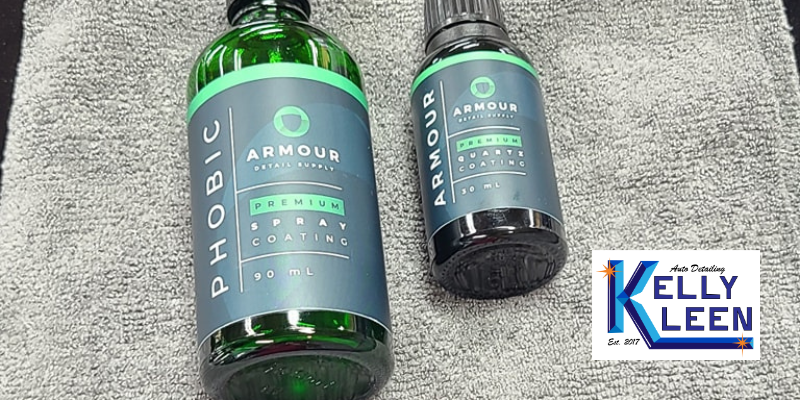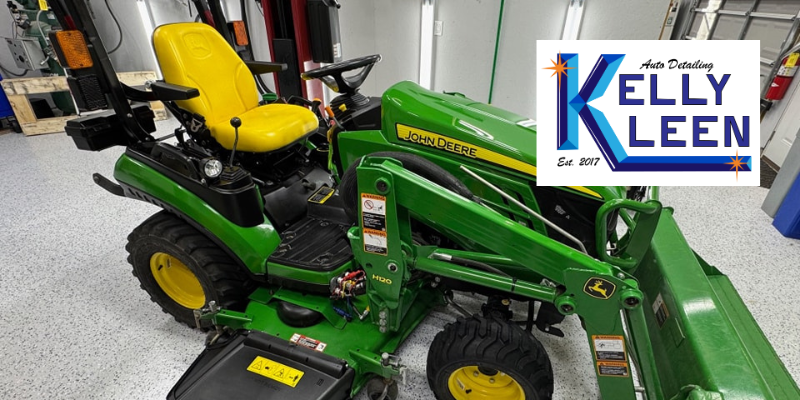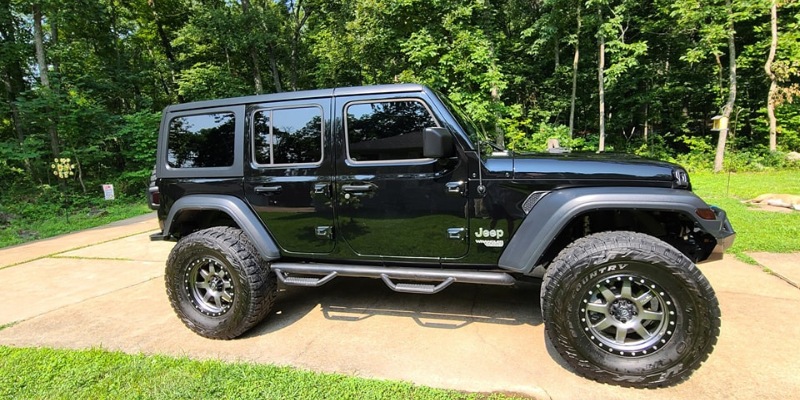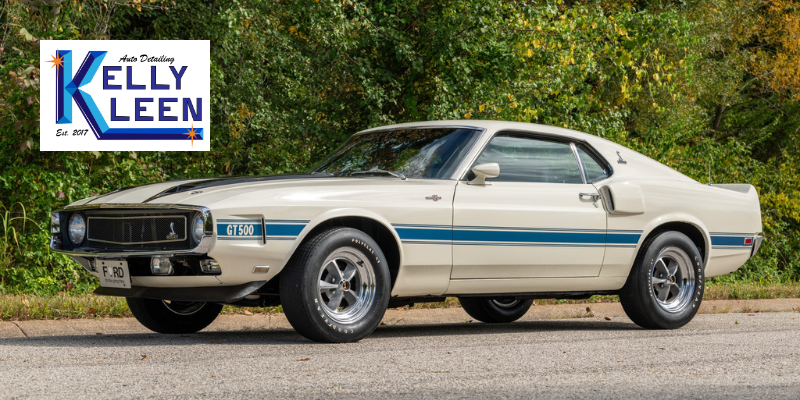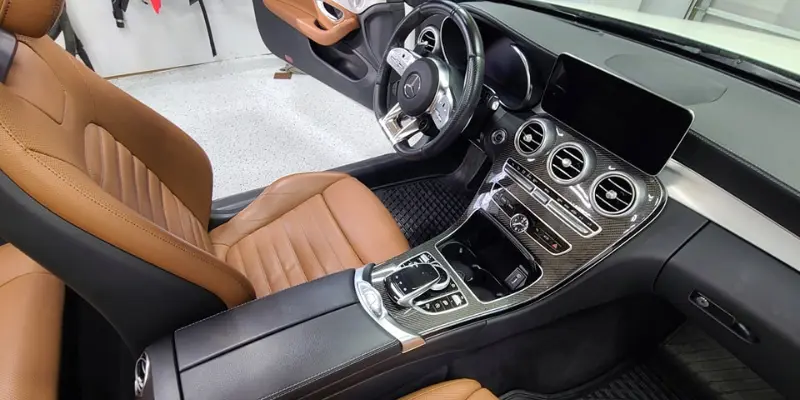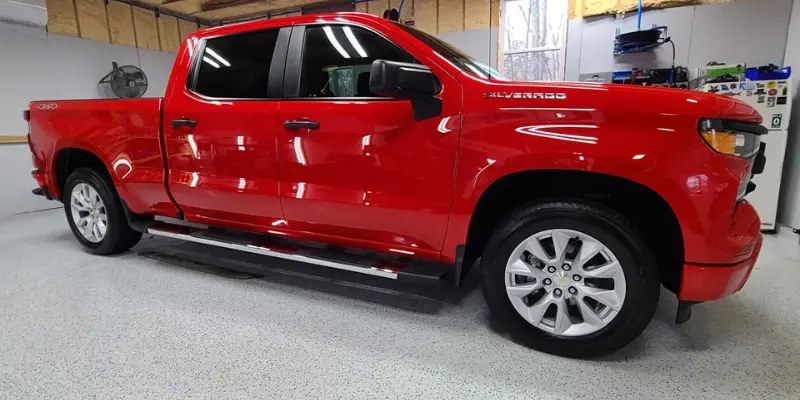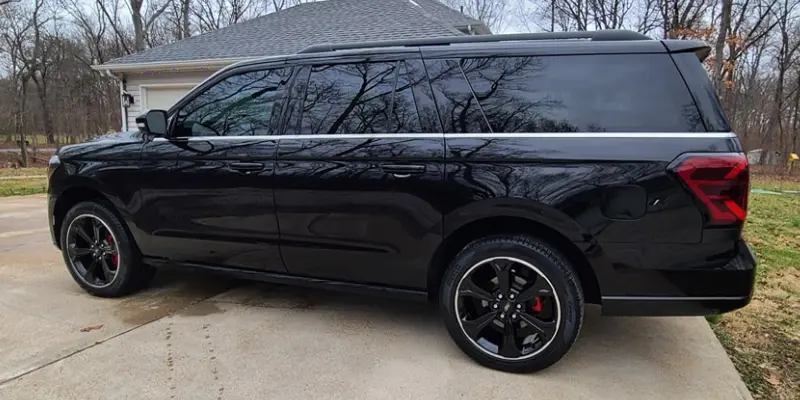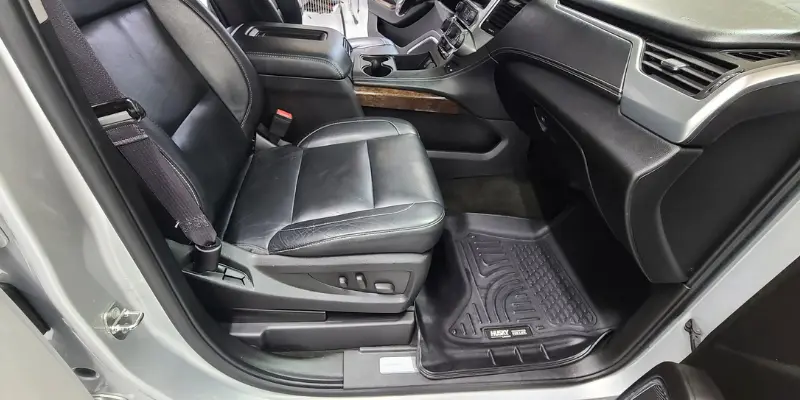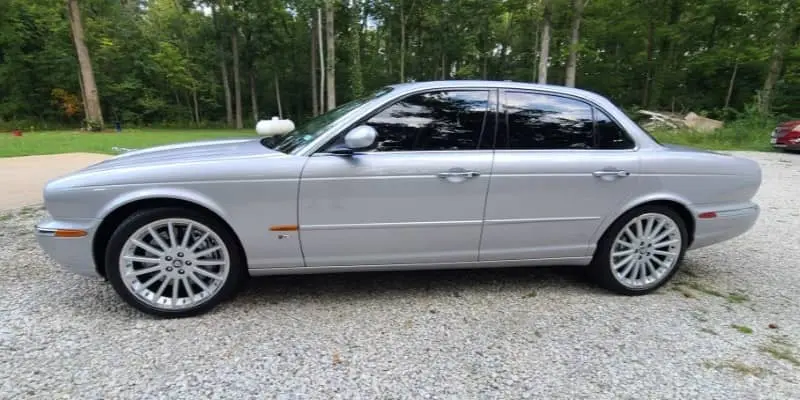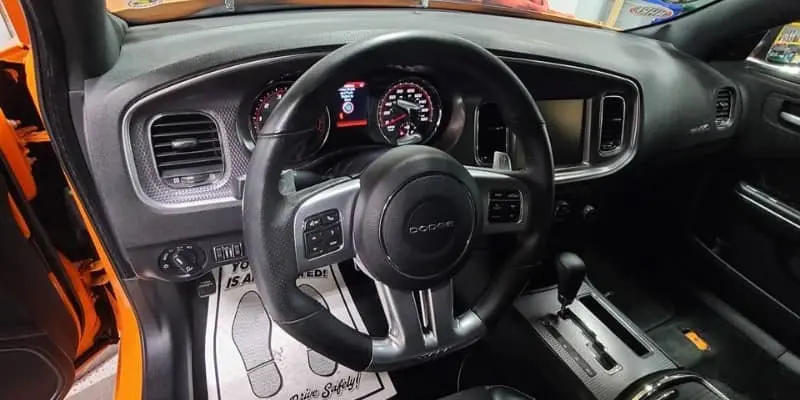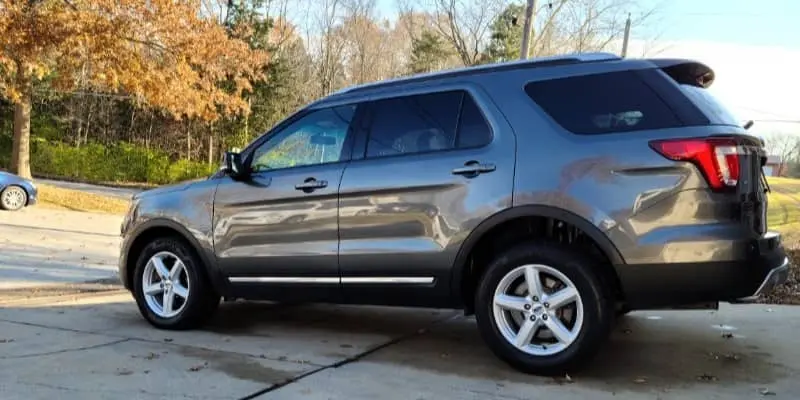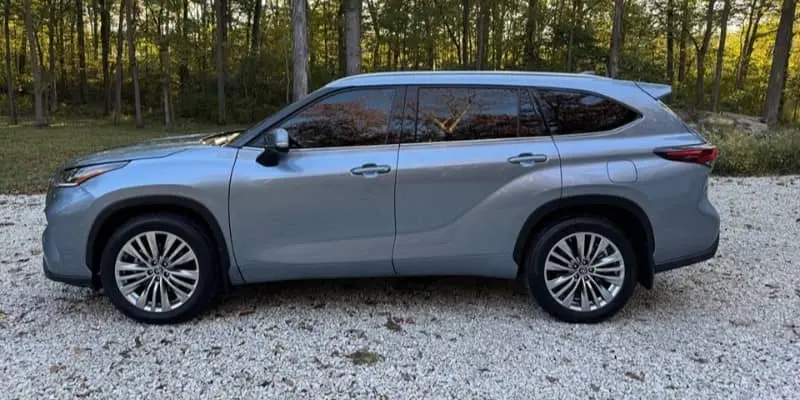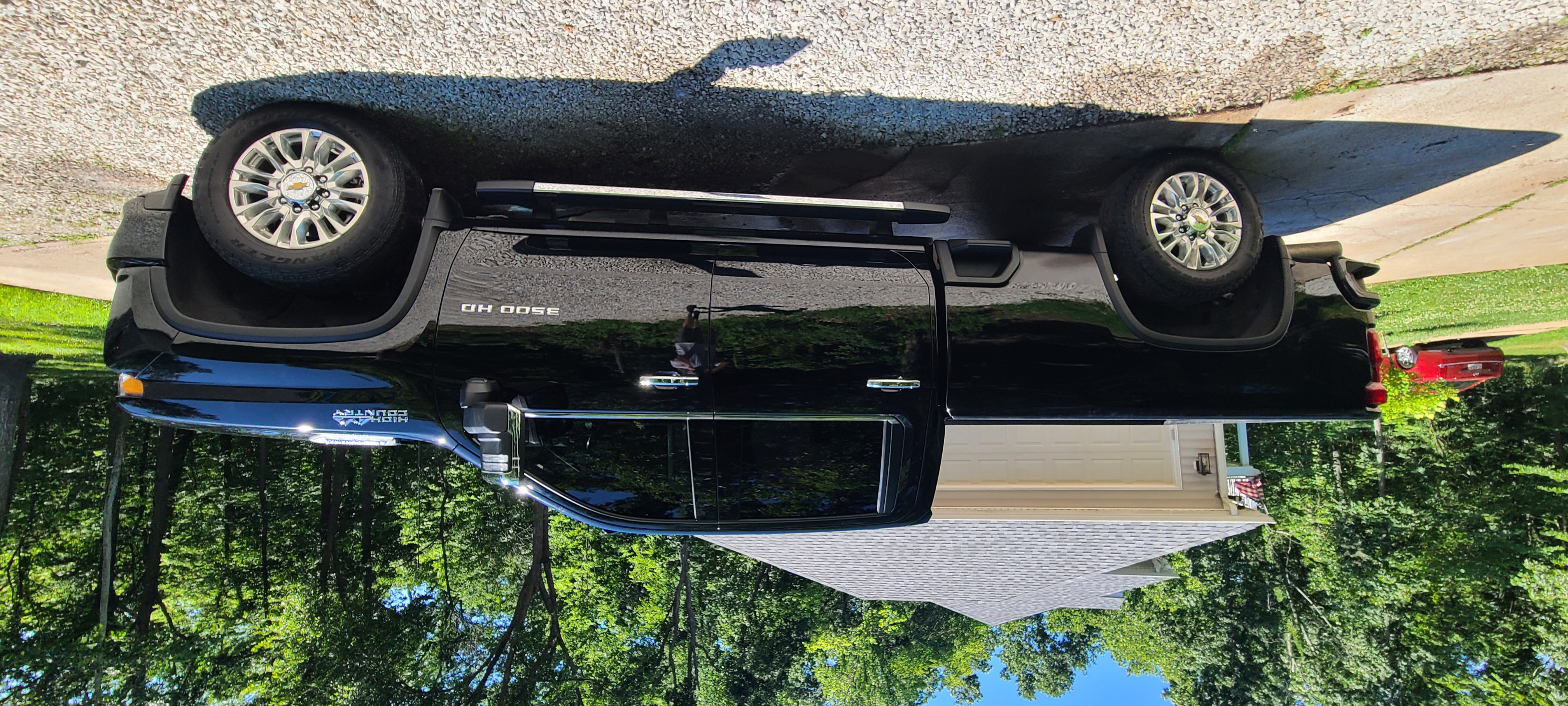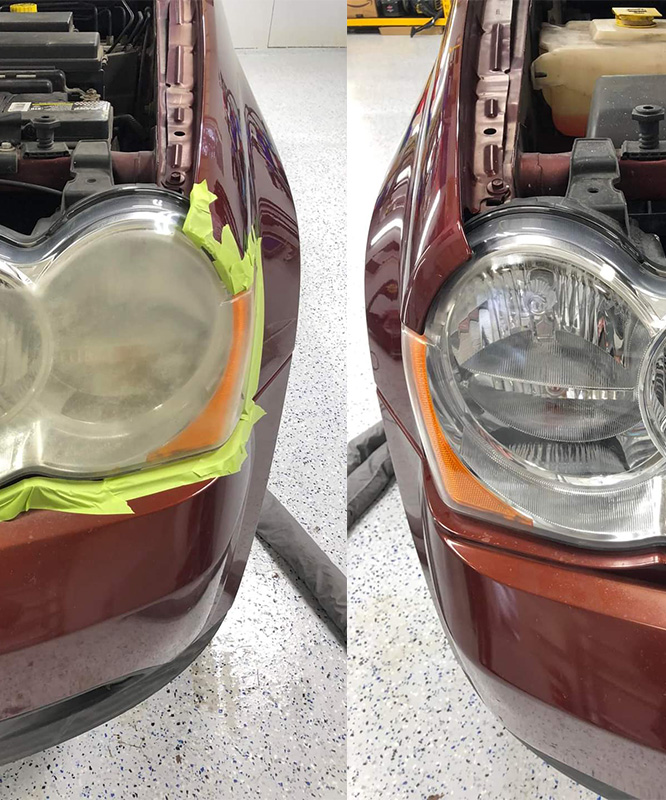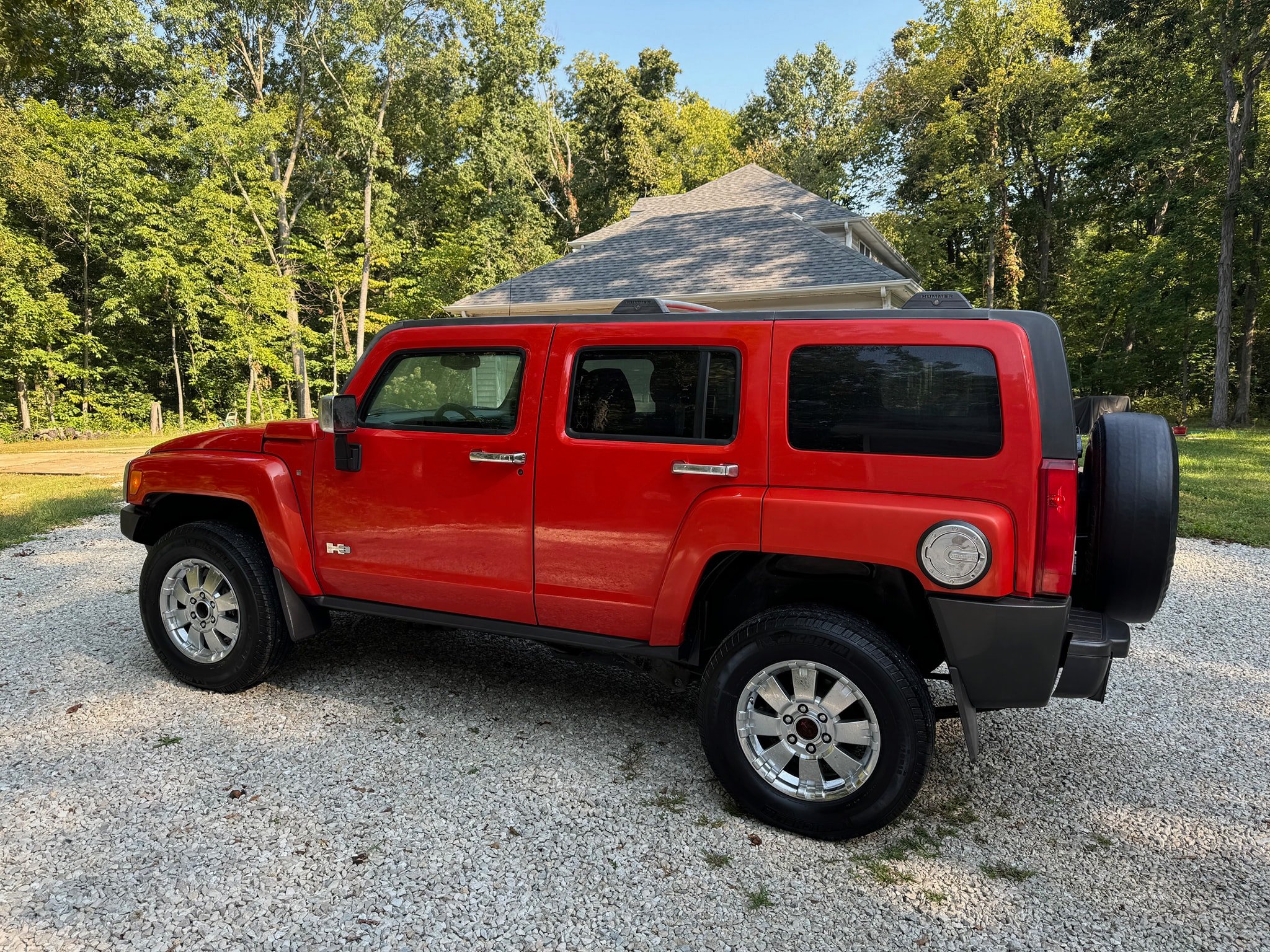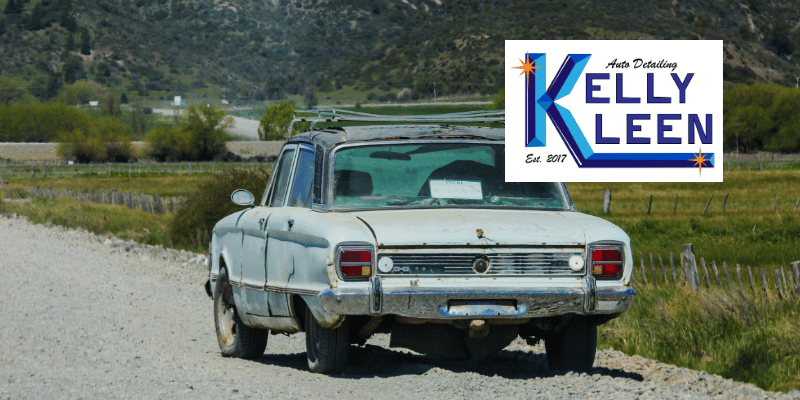
How Missouri’s Gravel Roads Wreck Your Undercarriage (And What to Do About It)
Living in Missouri has its perks — scenic drives, peaceful rural landscapes, and the kind of small-town charm that draws people to places like Washington, Union, and Pacific. But if you’re one of the thousands of Missourians who drive on gravel roads daily, your vehicle could be paying the price — especially where you can’t see it.
Gravel roads may feel familiar and harmless, but they’re one of the most damaging environments for your car’s undercarriage. From flying rocks to corrosive dust, the effects can lead to rust, alignment problems, and costly repairs. In this guide, we’ll break down the hidden dangers of gravel roads, how they affect your car over time, and what Kelly Kleen Auto Detailing can do to help you protect and preserve your vehicle.
The Hidden Threats Beneath the Surface
What Is the Undercarriage?
The undercarriage includes everything underneath your vehicle:
- Suspension components
- Exhaust system
- Brake lines
- Fuel lines
- Frame and chassis
- Protective shields and panels
These are all critical parts of your car — and they're mostly unprotected from what the road throws at them.
Missouri's Gravel Roads: A Real-World Hazard
Franklin County has hundreds of miles of gravel and chip-seal roads, especially in outlying areas like Leslie, Villa Ridge, Beaufort, and Robertsville. These roads contribute to faster vehicle deterioration, especially for:
- Daily commuters
- Farm trucks
- Work vans
- Off-road vehicles
How Gravel Roads Damage Your Undercarriage
1. Rock Chips and Abrasions
Gravel roads send small stones flying at high speed, especially from your front tires. These rocks chip away at protective coatings and dent underbody parts like fuel tanks and mufflers.
2. Dust Infiltration
Missouri’s dry summers create dusty gravel conditions. That dust clings to every inch of your vehicle’s underside. Over time, it:
- Clogs vents
- Grinds into joints and bushings
- Accelerates wear on suspension components
3. Moisture and Mud
After a rainstorm, gravel roads turn into mud traps. Wet gravel sticks to your undercarriage and holds moisture for days, setting the stage for:
- Rust
- Mold
- Deteriorating coatings
This is especially true in shaded areas or valleys near creeks in Pacific or Union, where roads stay damp longer.
4. Road Salt Residue
In winter, gravel roads are sometimes treated with salt or sand. That residue, combined with moisture and dust, creates the perfect environment for corrosion.
Signs Your Undercarriage May Be Damaged
- New or worsening vibrations while driving
- Visible rust on brake lines or frame
- Squeaking or knocking from suspension
- Uneven tire wear or alignment issues
- A sudden drop in fuel efficiency
If you experience any of these and drive regularly on gravel, it’s time to inspect your vehicle’s underside.
Why Undercarriage Damage Is So Expensive
Undercarriage repairs often involve parts that are labor-intensive to access. Brake line replacements, suspension rebuilds, and frame repairs can run into the thousands — all for problems that often start with simple neglect.
Dealerships and body shops in Washington and Union frequently see vehicles brought in with avoidable damage caused by underbody corrosion or debris buildup.
How Detailing Protects Your Undercarriage
What Professional Detailing Includes
At Kelly Kleen, we go beyond surface cleaning to focus on what most people ignore — underneath. Our undercarriage detailing process includes:
- Pressure washing to remove caked-on dirt, mud, and gravel
- Degreasing agents to lift oil, dust, and salt
- Rust-prevention coatings or hydrophobic sprays
- Visual inspections to flag damage early
Benefits of Undercarriage Detailing
- Prevents rust from taking hold
- Removes gravel debris before it causes wear
- Improves resale value, especially in rural-used vehicles
- Extends lifespan of suspension and brake systems
- Saves you money on long-term repairs
When to Schedule an Undercarriage Detail
You don’t have to wait until there’s a problem. We recommend underbody cleaning:
- Seasonally, especially after winter or rainy spring weather
- After driving on gravel roads for more than 100 miles per week
- Before storing your vehicle long-term
- If you live in areas like Pacific or Rosebud, where gravel is the norm
Real Customer Examples
Farm Truck Near Leslie, MO
A customer used his pickup daily on gravel roads. After just one year, rust had already started eating into his exhaust system. Kelly Kleen removed buildup, treated the frame with rust inhibitor, and helped him avoid a $1,500 repair.
Work Van in Union, MO
A contractor noticed vibration at highway speeds. Our undercarriage detail revealed gravel lodged in his suspension — we cleared it out and helped him get his van back on the job, without needing a mechanic.
SUV in Washington, MO
A new SUV developed premature brake wear. After a full underbody clean and inspection, we found dust buildup that was increasing friction. A simple detail saved the brakes and improved fuel economy.
DIY Isn’t Enough
Garden hoses and drive-through car washes don’t get to the places that matter. You need high-pressure tools and specialty cleaning products to reach:
- Inside wheel wells
- Suspension mounts
- Chassis corners
- Behind skid plates
At Kelly Kleen, we’re equipped to do this right — and safely.
Gravel Roads Aren’t Going Away — But Damage Doesn’t Have To Be Inevitable
Living in Franklin County means gravel is a way of life. But that doesn’t mean your vehicle needs to suffer for it. Whether you’re hauling equipment, commuting to work, or just driving home on a country road, you can protect your investment with scheduled undercarriage detailing.


